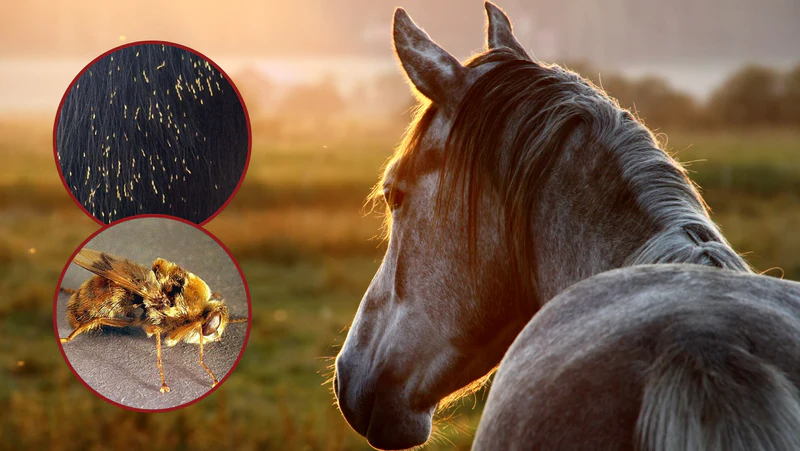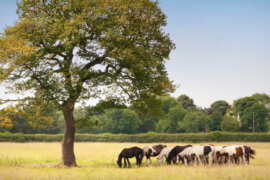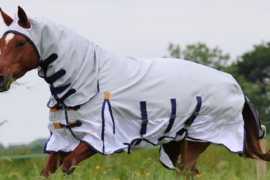Have you ever been poo-picking your horse’s field and come across small pink armadillo-shaped blobs? These are in-fact bot fly eggs. The larvae have been enjoying winter inside the horse’s stomach before passing in droppings the following spring. Once passing, the larvae mature into bot flys and begin the cycle again. Keep reading to find the best methods of management and treatment for these pesky parasites
What are Bot Flys?
Bots are flying insects whose life cycle is fully dependent on the horse. Its life cycle is split into four stages: egg, larva, pupa and adult fly – only the latter living independently from their equine host.
- The first stage takes place in early summer and includes an adult bot fly depositing eggs, usually grey/yellowish in colour onto the unsuspecting horse’s coat. These eggs attach onto the individual hairs and are approximately 0.05 inches or 0.127 centimeters in length. See the picture below for reference.
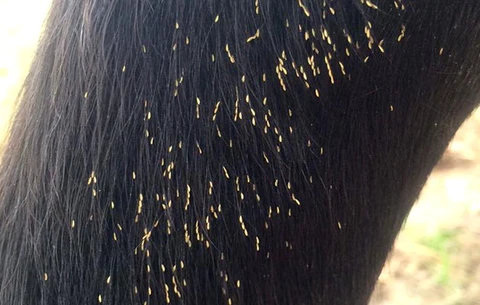
- The second stage isn’t for the faint-hearted! After the incubation period has taken place, these larvae eggs migrate to the horse’s stomach though the horse’s mouth as it rubs itself. At this stage, they grow and attach themselves underneath the tongue and gums for roughly three to four weeks before emerging to migrate their way to the stomach and intestinal tract of their host. The next ten to twelve months are pretty uneventful as the larvae remain in the stomach, feeding off the contents of the gut and mature until spring or early summer when they will pass out in the horse’s faeces.
- Stage three, otherwise known as the Pupal stage, consists of the bot larvae staying in the soil for three to five weeks, after which the adult bot fly emerges and survives long enough to mate and lay their eggs on the horse.

How do I treat Bot Flys?
An effective way of controlling those pesky Bots includes eliminating the eggs from your horse daily. Our range of Bot Knives feature a rounded blade which is specifically designed to reach into crevices where bot eggs are found. The serrated edge is able to remove the eggs from the strands on the horse’s coat.
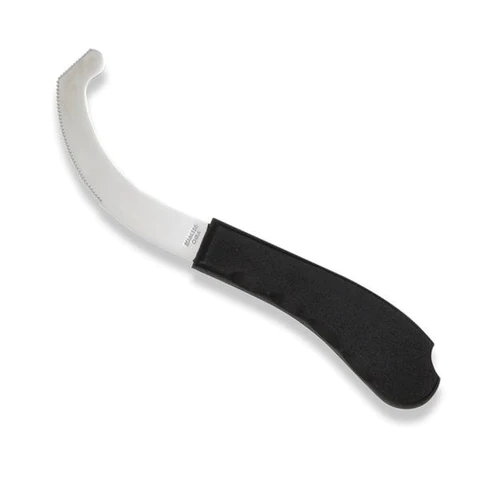
There is an increasing number of wormers now available to treat bot larvae infestations. Ivermectin or Moxidectin are the two most prominent. Don’t hesitate to contact one of our stores to speak to a fully qualified SQP.
How can I avoid Bot Flys?
Prevention is always better than cure! Our top 4 tips for keeping Bot Flies at bay are:
- Check your horse daily for Bot eggs and remove them with a Bot knife if found
- Poo-Pick your horse’s field daily as this will disrupt the life cycle of the Bot Fly
- Keep up to date with an effective testing and worming plan
- Consider turning your horses out at night and bringing in the morning
Adult Bot Fly are about 10-20mm in length and have stripes on either side of their body. It is often said they resemble scrawny wasps (see photo for reference)
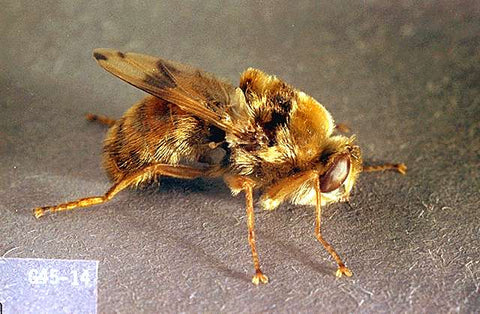
Westgate Labs have created a great and informative blog all about managing these pesky parasites. Head over to their website to answer any more questions you may have about Bot Flys!

